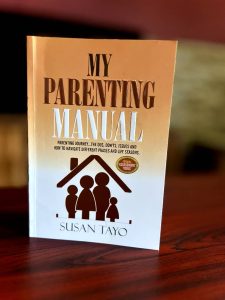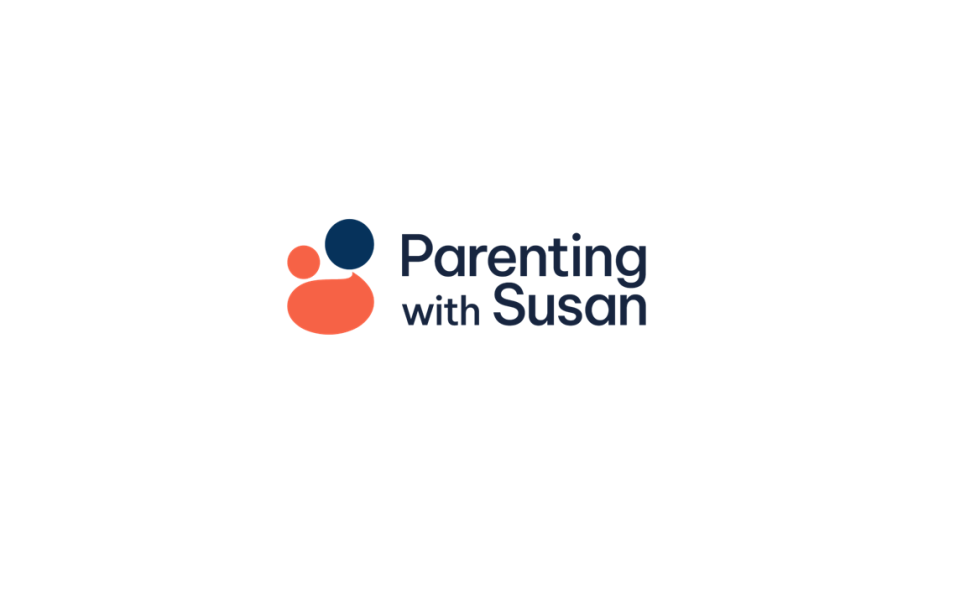

“My child never tells me anything.”
It’s one of the most common frustrations I hear from parents. You ask how school was, and the answer is a shrug. You ask what’s wrong, and you get silence or “nothing.” Meanwhile, you know something is wrong, but the harder you push, the quieter they become.
It feels like they’re shutting you out. But here’s the truth: kids don’t stay silent because they don’t have anything to say. They stay silent because they’re constantly testing:
“Is it safe to share with you, or should I keep this to myself?”
And the answer they’ve learned over time, through dozens of little interactions, decides whether they open up or shut down.
Why Kids Shut Down
Children rarely wake up one day and just stop talking. Silence grows slowly, like a wall built one brick at a time.
Here are the most common reasons:
- They expect judgment.
If every share is met with, “Why would you do that?” or “That’s wrong,” your child learns, sharing equals scolding. They stop trying.
- They feel dismissed.
When your attention is split; the phone in one hand, “mm-hmm” while you’re cooking; it tells them their voice is background noise. Even if you didn’t mean it, that’s the message they hear: what I say doesn’t matter here.
- They don’t believe you’ll listen.
Kids test with little things: a silly joke, a random story, a casual “guess what happened?” If those moments don’t get noticed, they assume the bigger stuff; the scary or emotional stuff; won’t either.
It’s not about whether they want to talk. It’s about whether they believe they’ll be heard.

Three Shifts That Reopen Doors
The good news? Connection isn’t about grand gestures or perfect parenting. It’s about consistent shifts that tell your child, “I see you, and I’m here for you.”
- Presence Over Multitasking
When your child is talking, stop what you’re doing; even if it’s just for two minutes. Put the phone down. Look them in the eyes. Let them feel your attention.
Presence doesn’t have to be long. But it does have to be real.
- Curiosity Over Correction
Kids expect lectures. That’s why they hide. Flip the script by responding with curiosity:
Instead of: “Why did you do that?”
Try: “What happened before this?”
Instead of: “That’s wrong.”
Try: “What made you feel like that was the best choice in the moment?”
Curiosity says, “I want to understand you.” Correction says, “You’re wrong.”
Guess which one keeps doors open?
- Consistency Over Intensity
Parents often wait for the “big talk” moment: the heavy sit-downs, the long lectures, the “we need to have a conversation” tone.
But kids don’t open up under pressure. They open up in patterns.
Small, daily moments; like:
- A 30-second check-in after school: “Tell me one thing about your day.”
- A simple bedtime ritual: “One thing I loved about today was…”
- A dinnertime round: “What made you laugh today?”
These are consistent behaviors. Consistency is what makes kids believe, “If I risk sharing, my parent will actually listen.”
Why It Matters More Than Ever
When you and I were kids, connection often happened by default; less noise, fewer distractions, slower pace.
Today, your child is navigating:
- Phones and screens competing for their attention.
- Peer pressures amplified by social media.
- Mental health struggles that start earlier and cut deeper.
- An online world that often answers their questions before you do.
If they don’t feel safe sharing at home, they’ll go elsewhere; to peers, to the internet, or to voices that may not have their best interests at heart.
You can’t control the whole world around them. But you can anchor them in your world.
The Parent’s Next Step
Try this One-Week Challenge:
- Pick one 2-minute window each day. No phone. No multitasking. Just one curious question; and then listen.
- Do it for seven days. Write down what you notice.
- You’ll likely see small shifts: a longer answer than usual, a follow-up question, a smile that wasn’t there before. Those are seeds of trust. If you keep showing up, those seeds grow.
- And when the door opens to bigger conversations; about friendships, pressures, mistakes, or fears; that’s when presence meets preparation. That’s where skill matters.
That’s why I’ve created a Parent Guide and age packs (ages 2–5, 6–8, 9–12, 13–18) on Sexual Education. They give you words, frameworks, and practical scripts so you’re not caught off guard when your child finally does open up.
Presence gets the door open. Preparation helps you walk through it wisely.
Recommended Reads:
- Let’s Talk by Susan Tayo — Learn how to rebuild open conversations.
- It’s Gone All Wrong: Is It Too Late? Volumes I – III by Susan Tayo — Understand the roots of difficult behaviors and how to guide your child through them.
- My Parenting Manual by Susan Tayo — Your guide to all things parenting.



Final Word
Your child doesn’t need a perfect parent.
They need a present, curious, consistent one.
Because presence tells them: “You matter. You are safe here. I am listening.”
And that one truth, repeated again and again, builds trust that lasts a lifetime.
When you’re ready for the next step; words, age-appropriate scripts, and lesson-by-lesson roadmaps; click to explore the courses that makes the right presence stick.
[Explore the courses; for ages: 2-5, 6-8, 9-12, 13-18 & The Parent’s Version]
All books are now available in paperback, hardback, and ebook.
Order via Amazon, Selar, or request Lagos doorstep delivery.

